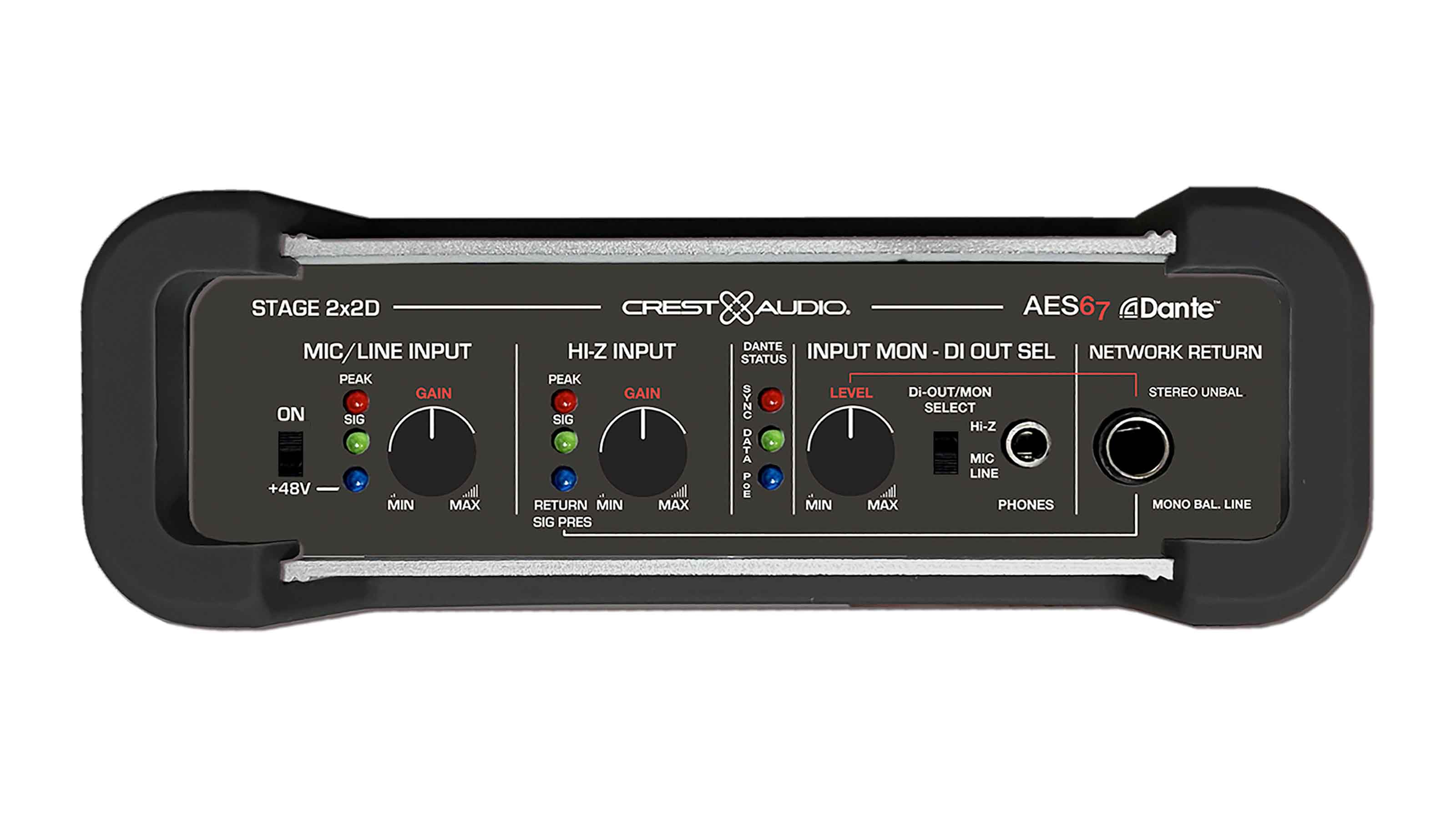Beyond 'Because We Can'
I remember my first trip on the internet like it was yesterday. I logged in on my 14.4kbps modem, fired up my Mozilla browser, and waited patiently while a satellite photo of the Maui shoreline downloaded. I then printed my treasure and showed my wife who promptly asked, "Why?" The only answer I could field was "because I can."
Technology always initially presents us with answers in search of questions. Every advance in technology leaves us with mountains of data, both relevant and irrelevant, to sort through in search of the answer to our particular question. Much of the time we install technology "because we can," without giving consideration to how we intend to assimilate and use to our benefit the information this technology can provide. Nowhere is this more evident today than in the field of physical security.
Following the emergence of new threats to our homeland, many rushed to install the latest in CCTV, surveillance video and access control systems. Very few gave any thought to how the information would be used. Anybody can give you a picture of the guy who stole your car last night. But really, how useful is that? If the video is locked away in a digital video recorder (DVR) in your security center, and neither you nor the authorities have access to that DVR, what good is the video? If the person monitoring your surveillance video system becomes bored, jaded to regular false alarms, or simply dozes off, how are your people and assets being protected?
These questions and many more must be asked and answered if we are to design and install effective security systems. So, let's start with the simple ones. CCTV and video surveillance systems have to be accessible at all times. One of the most difficult situations for a law enforcement officer is to respond to an alarm or a call for help and be forced to enter a building blind. Generally, people do not realize that during many of our country's most difficult security crises, video surveillance cameras were installed, but not physically accessible. The simple answer to this is to be sure that digital video recorders are remotely accessible. Many of the systems available today can be accessed remotely by a LAN, wireless LAN, and even PDAs and web-enabled cell phones. Making the video available remotely gives law enforcement a better chance to effectively control an incident.
Next, video must be effectively analyzed in real time to provide accurate alarm information. Motion-detecting cameras and DVR software were a good start, but often they provide so many false alarms that users become jaded and ignore what might be a valid alarm. For example, software available from Active Eye (www.activeye.com) can actively monitor video and apply rules to the image, thereby producing alarms that are meaningful and available in real time. These rules range from the simple evaluation of the direction of travel, locations or numbers of people or vehicles, to complex analysis of people and other items in the video image including size, direction of travel, item counts and behavior of the items in the image.
Finally, the integration of data from multiple systems will allow the user to arrive at conclusions based on a composite picture rather than single strands of information. Good examples include the integration of access control and CCTV systems to link access control database entries with video images of the secured door or area; integration of intrusion detection and access control systems to link items from the access control database with control of the intrusion detection system thereby authenticating the arming and disarming of the intrusion detection system with valid activity within the access control system; and integration of lighting and environmental control systems with the access control system.
A daily selection of the top stories for AV integrators, resellers and consultants. Sign up below.
